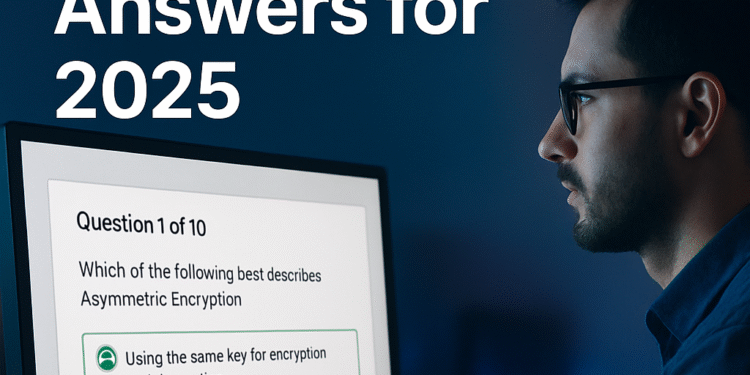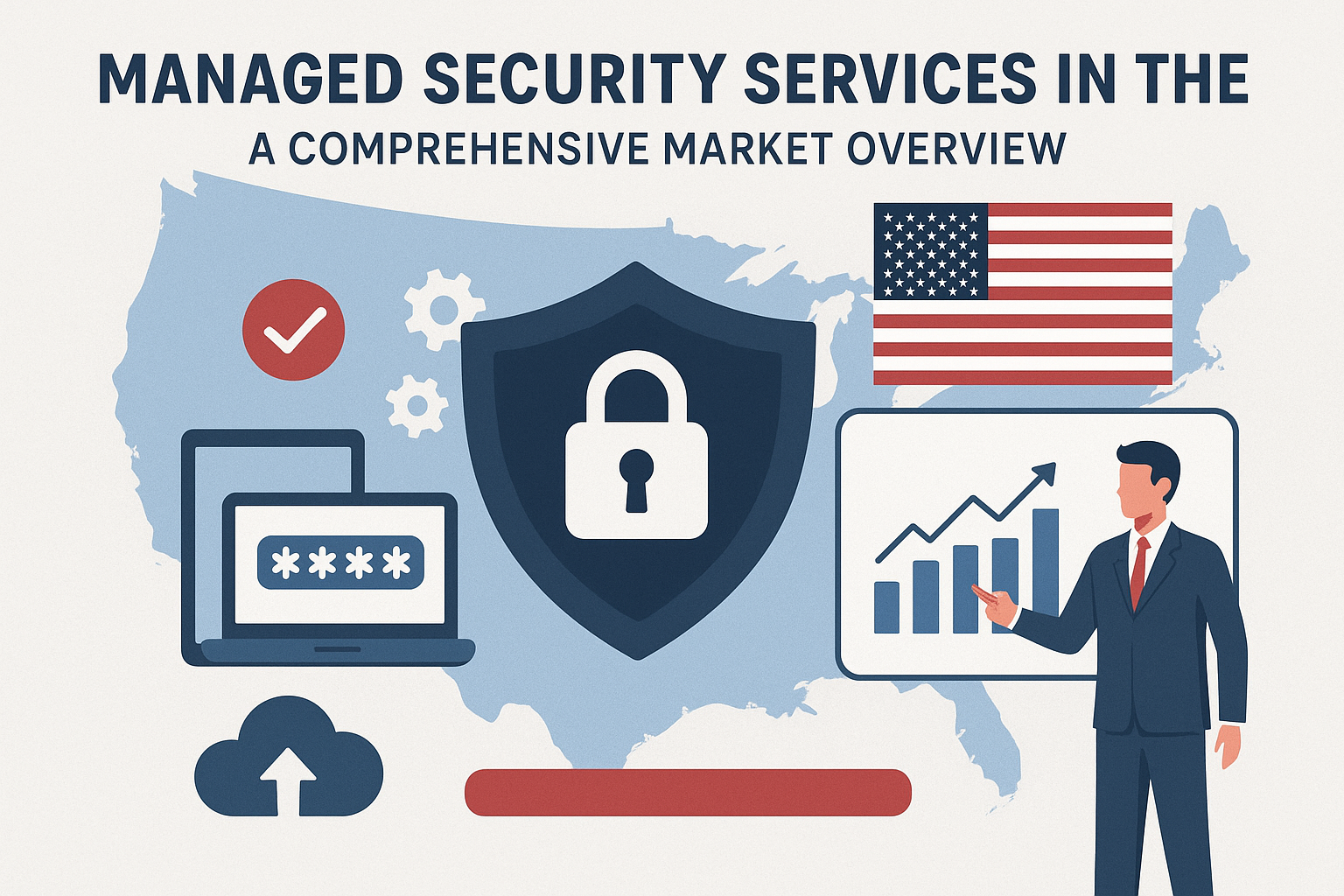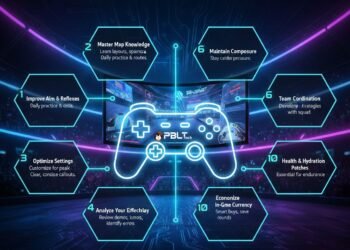The CompTIA Security+ certification is more than a credential; it’s a gateway to a career in cybersecurity. As the industry standard for establishing a core foundation of security skills, it validates the hands-on expertise necessary for roles like security specialist, systems administrator, and network administrator. With the launch of the SY0-701 exam, the focus has shifted even more towards practical, real-world scenarios, making rigorous preparation non-negotiable. The single most effective way to prepare? Taking a high-quality Security+ practice exam.
This 2025 guide is designed to be your ultimate resource. We will not only delve into challenging practice questions and detailed answers, mirroring the SY0-701 objectives but also provide a strategic overview of the best preparation tools available, including free and premium options like the Dion Security+ practice exams and the invaluable Professor Messer Security+ practice exam free resources.
Understanding the SY0-701 Landscape
Before diving into the questions, it’s crucial to understand what the SY0-701 exam entails. It emphasizes the following five domains:
General Security Concepts (12%) – The foundational lexicon of cybersecurity.
Threats, Vulnerabilities, and Mitigations (22%) – Identifying and addressing security weaknesses.
Security Architecture (18%) – Designing and building secure infrastructure.
Security Operations (28%) – The day-to-day procedures and monitoring.
Security Program Management and Oversight (20%) – The organizational side of security, including risk and compliance.
The exam uses performance-based questions (PBQs) and multiple-choice questions to test your ability to think critically and solve problems, not just memorize facts. This is why a robust Security+ practice exam is indispensable.
Top-Tier Practice Questions & In-Depth Answers
Let’s simulate the exam experience. The following questions are crafted to reflect the style and depth of the current CompTIA Security+ SY0-701 exam questions and answers. Read each question carefully, formulate your answer, and then review the detailed explanation.
Question 1: Domain – Security Architecture
A security analyst is designing a new network segment for the company’s web servers, which will be hosted in a public cloud. The servers need to be accessible from the internet but must be isolated from the internal corporate network. The analyst proposes a solution that uses a combination of virtual firewalls, network access control lists (NACLs), and a virtual network dedicated to this purpose.
What is the BEST term to describe this proposed network segment?
A. Intranet
B. Extranet
C. Demilitarized Zone (DMZ)
D. Virtual Private Network (VPN)
Answer & Explanation:
Correct Answer: C
C. Demilitarized Zone (DMZ): This is the correct answer. A DMZ is a physical or logical subnetwork that contains and exposes an organization’s external-facing services to a larger, untrusted network, typically the internet. The purpose is to add an additional layer of security to the internal network, as all traffic from the internet must pass through the DMZ first. The use of firewalls and NACLs to control traffic between the internet, the DMZ, and the internal network is a textbook implementation.
A. Intranet: An intranet is a private network used exclusively within an organization, not exposed to the internet.
B. Extranet: An extranet is a controlled private network that allows partial access to external partners, but it is not typically used for publicly accessible web servers.
D. Virtual Private Network (VPN): A VPN is used to provide secure, encrypted remote access to a private network over a public one, not to host public-facing servers.
Why this is important for your Security+ practice exam: This question tests your understanding of fundamental network security architectures, a core concept in Domain 3. You must be able to differentiate between similar-sounding terms and apply them to a real-world cloud scenario.
Question 2: Domain – Security Operations
During a routine vulnerability scan of a Windows Server, a security administrator identifies that the server is running SMBv1. The scan report flags this as a critical vulnerability.
Which of the following is the MOST effective and immediate action the administrator should take to mitigate this risk?
A. Install the latest antivirus definitions.
B. Disable SMBv1 and enable SMBv3 on the server.
C. Block all inbound traffic on port 445 at the firewall.
D. Implement an intrusion detection system (IDS).
Answer & Explanation:
Correct Answer: B
B. Disable SMBv1 and enable SMBv3 on the server: This is the most effective and direct mitigation. SMBv1 is a legacy protocol with known, critical vulnerabilities (e.g., those exploited by WannaCry). SMBv3 includes significant security enhancements like strong encryption and secure dialect negotiation. The action is taken directly on the affected asset.
A. Install the latest antivirus definitions: While good general practice, antivirus does not address the inherent protocol vulnerability. It might detect malware that exploits SMBv1, but it does not fix the root cause.
C. Block all inbound traffic on port 445 at the firewall: This would break all SMB file-sharing, which is likely a required business function. It is a disruptive and non-specific control. The vulnerability exists regardless of external access.
D. Implement an intrusion detection system (IDS): An IDS is a detective control, not a corrective one. It might alert you when someone exploits the SMBv1 vulnerability, but it does not prevent the exploitation from happening.
Why this is important for your Security+ practice exam: This question tests your ability to prioritize remediation actions based on the root cause of a vulnerability. It moves beyond simple identification to effective mitigation, a key skill for Domain 4 (Security Operations).
Question 3: Domain – Threats, Vulnerabilities, and Mitigations
A company’s security team discovers that several user workstations have been infected with crypto-malware. The malware encrypted files on local drives and mapped network drives. The investigation reveals the initial infection vector was a malicious PDF attachment in a phishing email.
Which combination of security controls would be MOST effective in preventing a recurrence of this specific incident? (Select TWO)
A. Data Loss Prevention (DLP)
B. User awareness training on phishing
C. Network segmentation
D. Host-based intrusion prevention system (HIPS)
E. Full-disk encryption
Answer & Explanation:
Correct Correct Answers: B and C
B. User awareness training on phishing: This addresses the initial attack vector. If users are trained to identify and avoid phishing emails, they are less likely to open the malicious attachment in the first place. This is a people-centric control.
C. Network segmentation: This limits the lateral movement of the threat. Even if a single workstation is infected, proper network segmentation can prevent the malware from propagating to and encrypting files on critical network shares and servers. This is a technical control.
A. Data Loss Prevention (DLP): DLP is designed to prevent exfiltration of sensitive data, not the encryption of files by ransomware. It is less relevant in this specific containment scenario.
D. Host-based intrusion prevention system (HIPS): While a HIPS can be effective, it is often a secondary line of defense. A well-configured HIPS might block the malware’s behavior, but it is not as fundamental as stopping the initial entry (training) and containing the spread (segmentation).
E. Full-disk encryption (FDE): FDE protects data at rest from physical theft. It does nothing to protect against malware running with user privileges that encrypts files, as the OS and malware see the files in an unencrypted state.
Why this is important for your Security+ practice exam: This is a classic CompTIA-style question requiring multiple correct answers. It tests your understanding of defense-in-depth by combining technical and administrative controls to solve a multi-stage attack.
Question 4: Domain – Security Program Management and Oversight
A financial institution is required by regulations to protect customer data. As part of this, they must ensure that all data is retained for a minimum of seven years and is permanently deleted after ten years. Data must be rendered unrecoverable when deleted.
Which policy and technology BEST fulfill these requirements?
A. Data Sovereignty policy using tokenization
B. Data Retention policy using secure deletion
C. Acceptable Use Policy (AUP) using encryption
D. Service Level Agreement (SLA) using data masking
Answer & Explanation:
Correct Answer: B
B. Data Retention policy using secure deletion: A Data Retention policy formally defines the lifecycle of data, including how long it must be kept (7 years) and when it must be destroyed (after 10 years). Secure deletion (e.g., wiping or cryptographic shredding) is the technical control that ensures the data is permanently unrecoverable, meeting the regulatory mandate.
A. Data Sovereignty policy using tokenization: Data sovereignty deals with the physical location of data. Tokenization replaces sensitive data with a token, which is useful for protecting data in use but does not directly address retention timelines or secure destruction.
C. Acceptable Use Policy (AUP) using encryption: An AUP governs how users can interact with organizational assets. Encryption protects data confidentiality but does not define its retention schedule or ensure its permanent destruction (an encrypted file can still be deleted without being securely wiped).
D. Service Level Agreement (SLA) using data masking: An SLA is a commitment between a service provider and a client regarding service standards. Data masking protects data in non-production environments but, like tokenization, does not address retention and secure deletion.
Why this is important for your Security+ practice exam: This question bridges the gap between compliance (Domain 5) and technical implementation. You must understand which policies govern specific data lifecycle stages and the technologies that enforce them.
Essential Resources for Your 2025 Security+ Prep
Practicing with questions is vital, but using the right resources is what will cement your success. Here’s a breakdown of the most sought-after tools, including the ones people are searching for.
1. The Gold Standard: CompTIA’s Official Resources
While CompTIA does not provide a full Free CompTIA Security+ practice exam, they offer the official study guide and CertMaster products. CertMaster Practice and CertMaster Labs are highly aligned with the exam objectives but come at a cost. They are the most authoritative source for the content you need to know.
2. The Community Favorite: Professor Messer
When people search for “Professor Messer Security+ practice exam free”, they are looking for one of the most trusted names in CompTIA training. Professor Messer offers a free, extensive video series covering the entire SY0-701 objectives. His paid Professor Messer Security+ practice exam bundle is considered one of the best investments you can make. It includes detailed explanations for every question and performance-based questions that closely mimic the real exam’s difficulty.
3. The Udemy Powerhouse: Dion Security+ Practice Exams
Created by Jason Dion, the Dion Security+ practice exams on Udemy are another top-tier resource. These practice tests are renowned for their depth and the thoroughness of their answer explanations. Dion’s exams often include a large number of questions (e.g., 6 practice tests), which is excellent for building endurance. They frequently go on sale on Udemy, making them very affordable.
4. The Portable Option: Security+ Practice Exam PDF
Many candidates look for a Security+ practice exam pdf for offline study. These can be found on various websites, both free and paid. Caution is advised: Ensure the PDF is updated for the SY0-701 version, as outdated materials can be worse than useless. Reputable sources often offer a PDF sample of their larger question bank.
5. Building a Study Plan with a Free CompTIA Security+ Practice Exam
Start your journey by taking a Free CompTIA Security+ practice exam from a reputable source to establish a baseline. This will highlight your weak areas. Then, proceed with your studies using videos and books. As you progress, incorporate timed practice tests from providers like Dion and Messer. Aim to consistently score in the 90% range on these practice exams before scheduling the real thing. This repeated exposure to a high-quality Security+ practice exam is the key to building the confidence and competence needed to pass.
Conclusion: Practice is Paramount
The journey to passing the CompTIA Security+ SY0-701 exam in 2025 is a challenging but achievable goal. It requires a strategic approach that combines understanding core concepts with relentless practice. The questions and explanations provided here are a microcosm of the critical thinking the exam demands. By leveraging a mix of the powerful resources discussed—from the free videos of Professor Messer to the comprehensive Dion Security+ practice exams—you can build a robust study plan. Remember, consistent, focused practice with a reliable Security+ practice exam is the single most effective way to transform knowledge into a passing score and launch your cybersecurity career.







